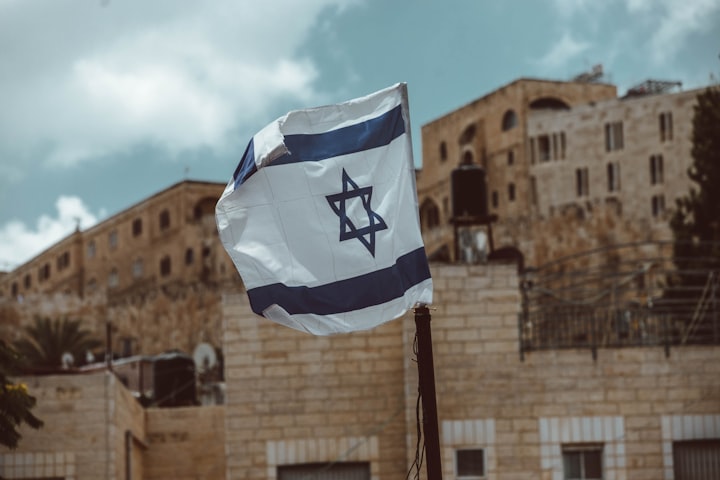
The first Thanksgiving. American schools generally teach a conventional story about the meeting of Pilgrims and Indians that finished with an amazing dinner.
The end, But there's more to the tale. This Story will explain the events around the first Thanksgiving and how it's not the image ingrained in tradition.
At the start of the 17th century, southern New England was home to a variety of busy communities within several confederations. These were the People of the First Light and they called their home the Dawn Land. Political leaders were known as sachems and had been trading with Europeans for over 100 years before the pilgrims.
Relations soured only after deceitful Europeans kidnapped locals to sell as slaves. Permanent European settlement was impossible due to the already high population of native occupants. But in 1616 tradesmen introduced a disease to the Dawn Land, whose inhabitants died in droves from a lack of immunity.
In three years up to 90% were wiped out in several Confederations, including the Wampanoag. Their head sachem, Massasoit, was aware of how close they were to being subjugated by their untouched enemy, the Narraganset. He was determined to save his people from such a fate.
This was the political world the pilgrims were about to enter. The pilgrims were not called pilgrims by their contemporaries. They were known as Separatists, a branch of the English Puritans. King James hated Puritans and began persecuting them in 1604, so the Separatists fled to Holland where they were free to worship.
But because they feared losing their national and communal identity, the congregation wanted a new place to plant their church. They decided on America and asked King James for a patent that would grant them rights to build a colony. They planned to make a profit catching fish to pay off the debts to their investors.
The Mayflower set sail on September 6. Two months later, Cape Cod was spotted and sixteen men were sent ashore to inspect the area. Unfortunately the settlers didn't know how to fish, and food was running out. They resorted to stealing from graves, homes and storage pits to keep everyone alive.
Then came their first hostile encounter with natives, but no one was killed. on December 12th they reach New Plymouth. They did not land on any specific rock, but folklore insists they did. Construction began in January. By winter's end, 44 settlers would be dead from bad conditions.
In March they were surprised when a man named Samoset walked into New Plymouth, greeting them in English. He told them they were building on top of village called Patuxet, whose residents had all died from the recent epidemic.
It belonged to the Wampanoag, and their chief, Massasoit, was watching them. The settlers were eager to trade, so five days later Samoset returned with furs and companions including Tisquantum. Known famously as Squanto, he had come to tell them in perfect English that Massasoit had arrived.
After years of dealing with Englishmen, the sachem did not trust the newcomers. Edward Winslow was sent to be a hostage and declared the settlers' peaceful intentions. Satisfied, Massasoit walked into New Plymouth and was regally greeted by the governor. A peace treaty was created, ensuring mutual protection if attacked by enemies.
With the help of Squanto, New Plymouth's settlers began to fare better. He taught them how to grow crops and was absolutely vital as an interpreter. To the Separatists, he was a gift from God. But in fact, Squanto had been kidnapped from Patuxet in 1614 and shipped to Spain to be sold into slavery.
he ended up in London at the home of a merchant who taught him English and arranged for Squanto's returne to the Dawn Land in 1619. But Patuxet was now gone; wiped away by the epidemic. Massasoit took him in with suspicion because of his years abroad, but needed a translator to parley with the newcomers.
He eventually sent his warrior Hobamok to live among the settlers and keep an eye on Squanto. By fall the settlers had a bountiful harvest and a feast was held to celebrate. Massasoit showed up with 90 warriors and five deer for the meal.
For three days the English and Wampanoag ate and entertained one another. This was the famous first Thanksgiving children learn about in school. However, the word "thanksgiving" would not have been used by these settlers to denote a harvest feast.
For Puritans, a day of thanksgiving was a day of fasting while giving thanks to God in prayer. But the story of Pilgrims and Indians does not end here. During New Plymouth's first year, Squanto had been up to something. Realizing his substantial power as the only English speaker of his people, he conceived a plan to overthrow Massasoit.
He persuaded locals he could command the English to make war or peace at his will. Hobamok was suspicious of Squanto and warned governor Bradford. Soon enough they discovered Squanto's plot and informed Massasoit, who was furious.
He demanded Squanto be handed over for a swift execution. Bradford refused; the interpreter was too valuable to give up. But according to the treaty, Squanto's life belonged in the hands of his sachem.
Bradford finally conceded. He was about to hand over Squanto when an unidentified ship appeared. The alarm it caused delayed Bradford and worried Massasoit's envoys. Angered and impatient, they left. The ship carried 60 Englishmen planning to build a colony near Boston.
They abused the Massachusett locals, initiating a conspiracy to kill the colonists. Warned about the plot, New Plymouth's leaders launched a preemptive strike to save their impudent countrymen. It bought peace, for a time.
In that time more Puritan settlers arrived, soon outnumbering the natives. And while the pilgrims' treaty with Massasoit lasted until the sachem's death, other Puritans were not concerned with such alliances. Their fanatic religious principles ensured no peace between the two cultures could last.
To Puritans, Native Americans were the "other": wild, savage, godless. With such an ideology, the outcome was inevitable. If they did not convert to Christianity and surrender their cultural identity, they had to be eliminated.
The first Thanksgiving was a brief moment of harmony between two worlds, but sadly it was short-lived. The capitalist opportunities the Dawn Land presented, combined with zealous puritanical beliefs, were incentive enough to wipe away the native inhabitants.
There is nothing wrong with sharing a feast of thanks with loved ones, but remember the true events that started the holiday, and not the fairy tale.
About the Creator
Sabiha UH
SABIHA is dedicated to providing expert advice, trusted resources, and information about relationships.






Comments
There are no comments for this story
Be the first to respond and start the conversation.